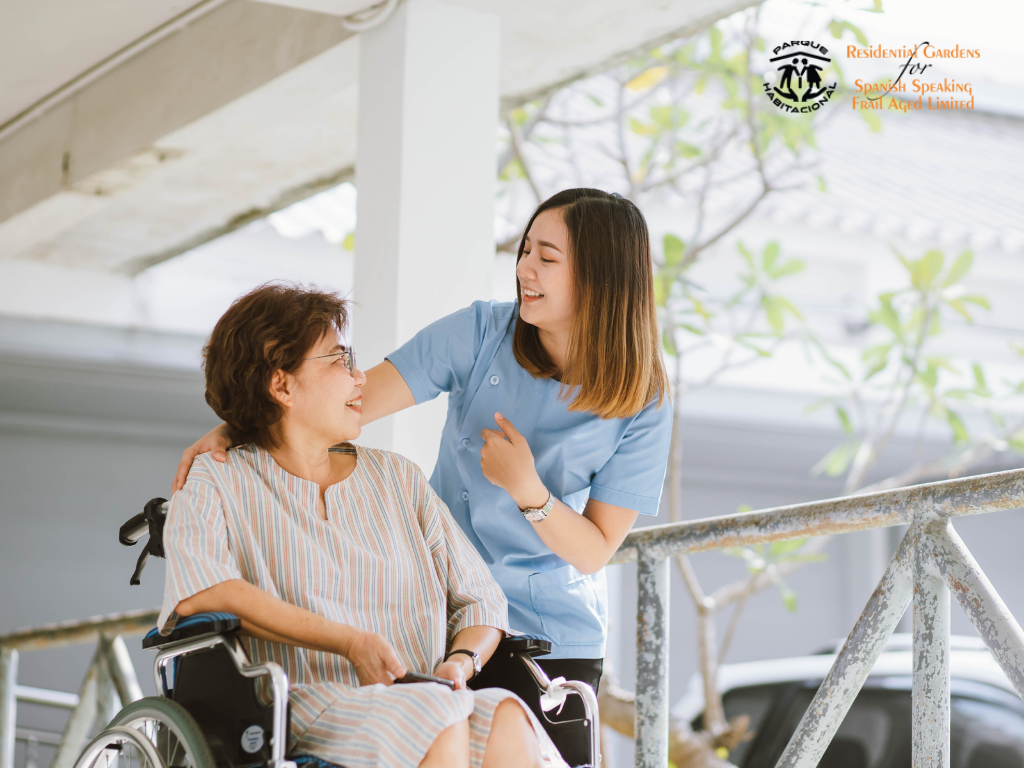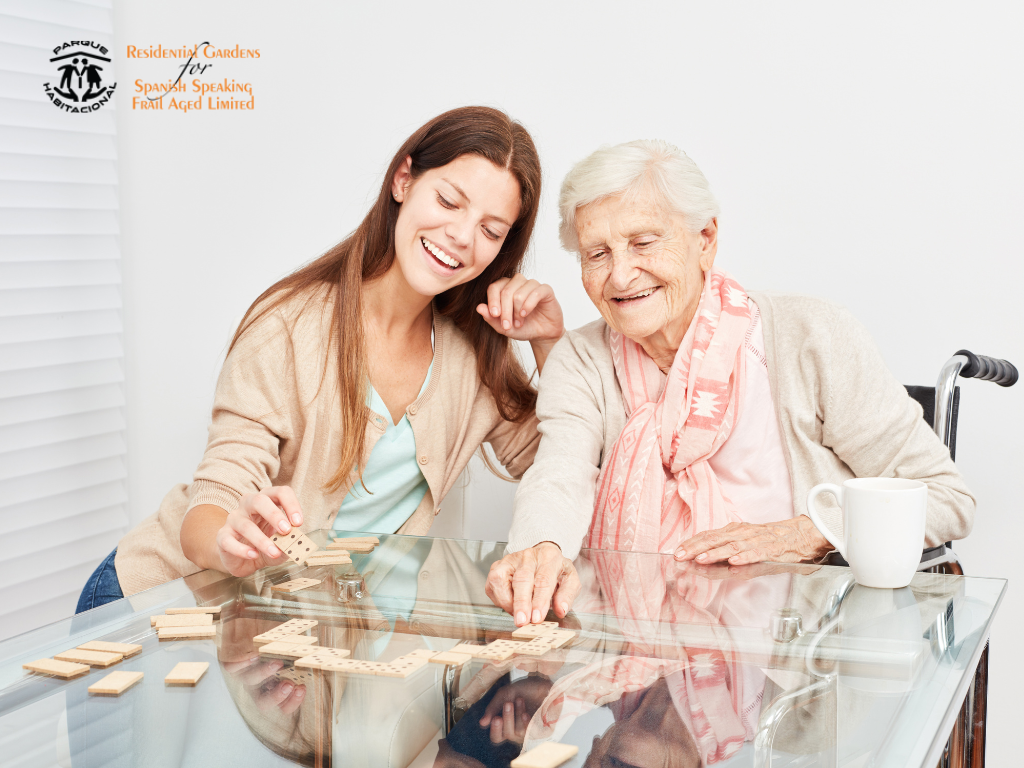Community engagement plays a pivotal role in the lives of seniors, especially those requiring high levels of care. Research consistently shows that social isolation can significantly impact the physical health and emotional well-being of elderly individuals. For seniors in high-care settings, who may face more significant health and mobility challenges, maintaining connections with the community is not just beneficial but essential. Engaging with the community can enhance their quality of life, provide emotional support, and contribute to a sense of belonging and purpose.
Challenges to Community Engagement for High-Care Seniors
Seniors needing high care often encounter numerous barriers to participating in social activities, which can lead to isolation. Mobility issues may limit their ability to attend events or visit friends, while cognitive impairments can make communication difficult. Additionally, sensory deficits, such as hearing loss, can further complicate their ability to engage. Recognizing and addressing these challenges is the first step toward fostering a more inclusive community environment for these individuals.
Strategies for Fostering Social Connections

Adapting Activities for Accessibility
Creating an inclusive community for high-care seniors means adapting activities to accommodate their physical and cognitive limitations. This might involve modifying existing programs to be more accessible or developing new activities specifically designed for individuals with high care needs. For instance, activities can be structured to allow participation at different levels of mobility and cognitive ability, ensuring everyone has the opportunity to engage.
Leveraging Technology
Technology offers innovative ways to bridge the gap between high-care seniors and the broader community. Digital tools and platforms can facilitate virtual visits with family and friends, participation in online events, or exploration of new interests through the internet. Training seniors and their caregivers to use these technologies can significantly expand their opportunities for engagement, helping to mitigate the effects of physical isolation.
Designing Inclusive Activities and Programs

Activity Planning Considerations
When planning activity programs, it’s essential to ensure they are accessible to seniors with varying levels of physical and cognitive abilities. Activities should be designed to be adaptable, allowing for modifications that cater to individual needs. This approach ensures that all seniors can participate in some way, fostering a sense of inclusion and community. Activities should also reflect the interests and capabilities of the seniors, ranging from simple crafts and music sessions to more complex group discussions and storytelling.
Examples of Inclusive Programs
Inclusive programs might include:
- Music Therapy Sessions: These can be adapted for individuals with varying cognitive abilities and can be enjoyed passively or actively.
- Gentle Exercise Classes: Tailored to accommodate seniors with limited mobility, such as chair yoga or light stretching routines.
- Art and Craft Workshops: Offering a range of activities that cater to different skill levels, allowing seniors to express creativity.
- Interactive Storytelling: Engaging seniors in sharing stories from their past, which supports cognitive function and fosters connections among participants.
Volunteer Programs and Community Partnerships

Engaging Volunteers
Developing a volunteer program specifically designed to support engagement activities for seniors can significantly enhance the range and quality of programs offered. Volunteers can bring fresh ideas, additional hands-on support, and personalized interaction that enrich the seniors’ experiences. Effective volunteer programs include training that educates volunteers about the unique needs of high-care seniors and how to interact with them respectfully and supportively.
Forming Partnerships
Collaborating with local organizations, schools, and clubs can provide a wealth of opportunities for diverse and enriching experiences. For example, partnerships with local schools can facilitate intergenerational programs where students and seniors learn from each other. Community clubs may offer demonstrations or workshops in areas such as gardening, cooking, or technology. These partnerships not only broaden the range of activities available but also strengthen the ties between seniors and their local communities.
The Role of Families in Promoting Community Engagement

Encouraging Family Involvement
Family members play a vital role in supporting the social participation of seniors in high-care settings. Encouraging regular visits, involvement in special events, and participation in activities can help maintain the bond between seniors and their families. Facilities can facilitate this involvement by scheduling family-friendly events and providing spaces for private family gatherings.
Supporting Families to Become Advocates
Empowering families to advocate for their loved one’s social participation is crucial. This might involve educating families on the importance of social engagement for seniors’ well-being and providing them with resources or ideas for activities that can be done during visits. By actively involving families in the planning and implementation of engagement activities, facilities can ensure that programs continue to meet the evolving needs and interests of seniors.
Evaluating the Effectiveness of Engagement Efforts

To ensure that engagement activities and programs truly benefit high-care seniors, it’s vital to establish robust mechanisms for evaluating their effectiveness. This process involves gathering and analyzing feedback from all participants and stakeholders, leading to continuous improvement of engagement strategies.
Feedback Mechanisms
Creating channels for feedback is essential for understanding the impact of engagement efforts. This can include surveys, interviews, suggestion boxes, and regular meetings with seniors, their families, and staff. Digital tools can also facilitate real-time feedback during or immediately after activities. Importantly, feedback mechanisms should be accessible and easy to use, ensuring that seniors and their families can share their thoughts and experiences without barriers.
Continuous Improvement
Feedback serves as a valuable resource for refining and adapting engagement strategies. By regularly reviewing feedback, care providers can identify what is working well and areas that require adjustment. This iterative process allows for the development of programs that are more closely aligned with seniors’ needs and preferences. Continuous improvement also involves staying informed about new research and trends in senior care, ensuring that engagement activities remain relevant and effective.
Conclusion
This collective responsibility underscores the importance of creating a welcoming and inclusive environment where all seniors, regardless of their care needs, can experience meaningful engagement. By prioritizing community engagement, we can ensure that high-care seniors continue to lead fulfilling lives, surrounded by a supportive network that values their contributions and respects their dignity. Through continuous evaluation and improvement of engagement efforts, we can adapt to the evolving needs of seniors, ensuring that every individual has the opportunity to thrive in a community-oriented culture.



